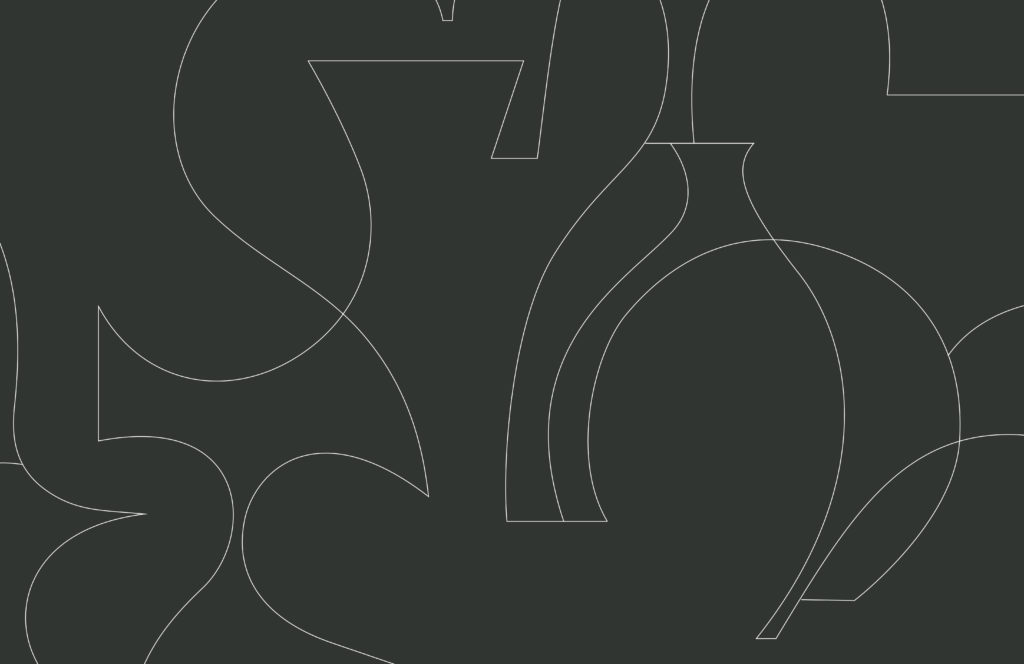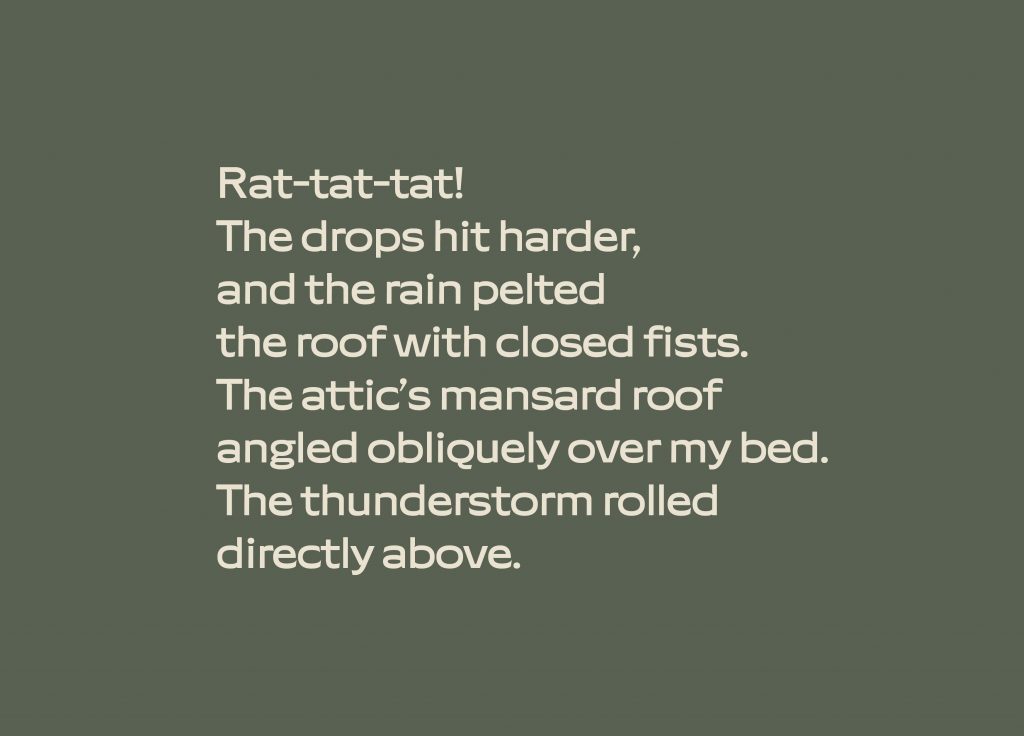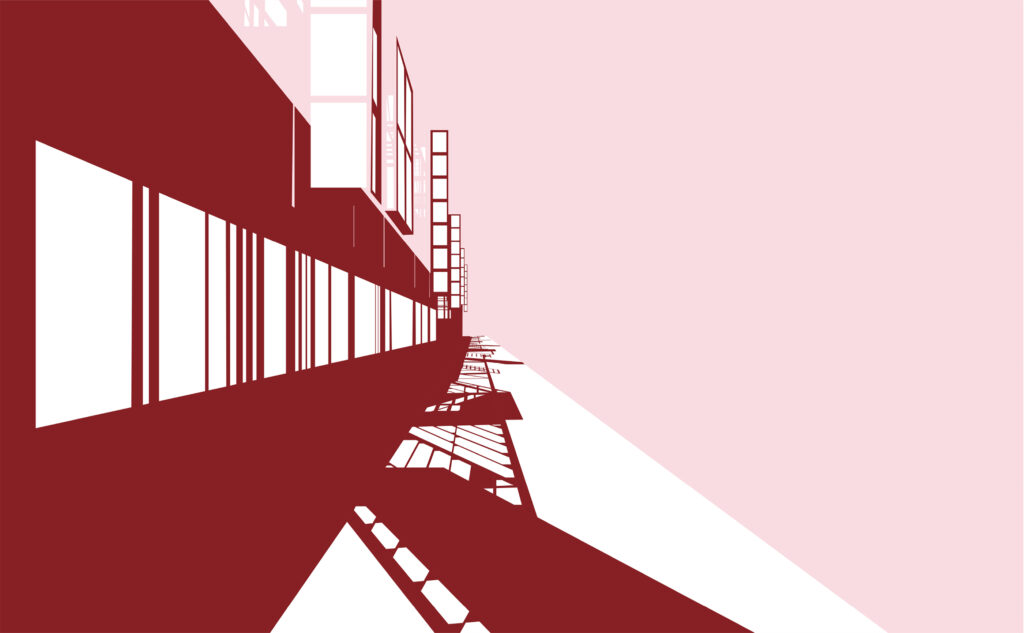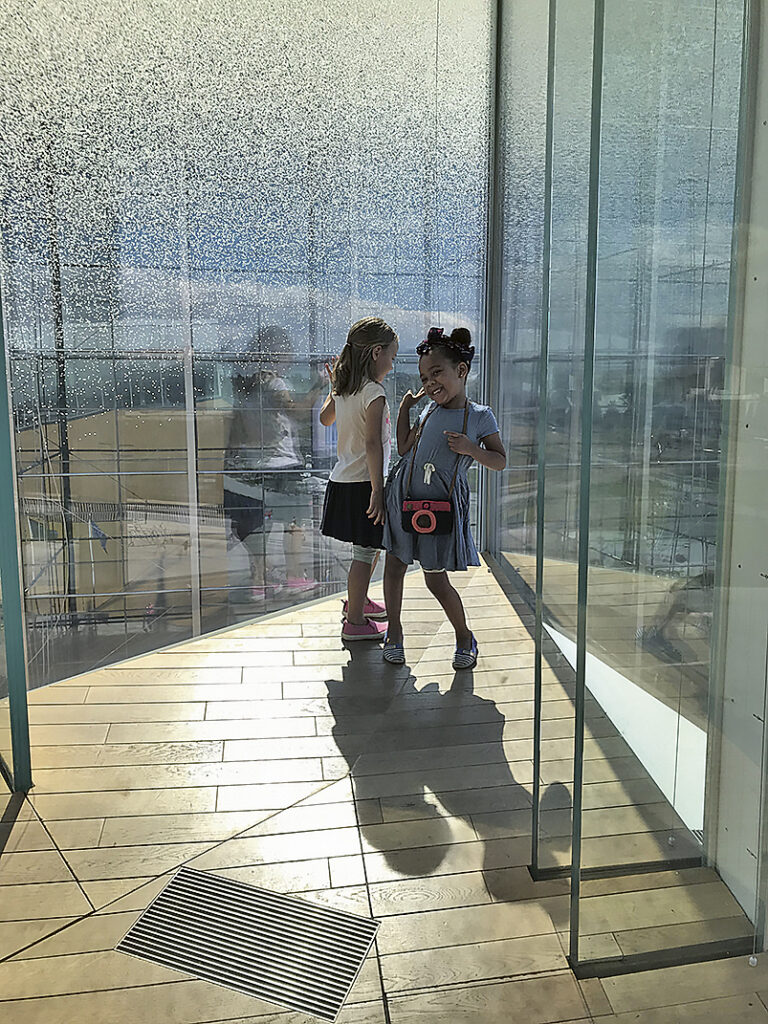Twilight Experiences

Despite its name, the Kaleva barn, located on the outskirts of the Seinäjoki city centre, has had many uses during its history, yet it never functioned as a barn. It has now become a joint arts and cultural hub. Helena Teräväinen writes about her encounters with the building.
Standing on the outskirts of Seinäjoki is an old brick building, which acts as a landmark when approaching the city from the north and turning off highway 67 towards the city centre. Seinäjoki is a city that is evolving, and without saving much of its history. So it seems to have been only by accident that the Kaleva barn, which had been empty for decades, was spared from being replaced by a highway slip road. The building was built as a barn at around the beginning of the 20th century, but never served its original purpose. Instead, it has operated as a broadcloth factory and an army depot before being left abandoned.
In Finland there are almost 1,500 sites that have been listed as nationally significant cultural environments, so-called RKY sites, the preservation of which is ensured through maintenance and local plans. Of particular interest, however, are sites that have not been considered significant – that is, they have not been inventoried or listed until coming under consideration for a new use or demolition, for instance in connection with changes in the local plan. This is also the case with the Kaleva barn.

A place can be rediscovered during the planning process, as happened in Seinäjoki’s neighbouring city of Lapua in the 1990s. While working as an architect and later while doing doctoral research on the Vanha Paukku (“Old Paukku”) area of Lapua, I was able to witness at first hand the transformation of a closed down and abandoned industrial area into a cultural environment of national significance through a new cultural use. This also sparked the idea among art circles in Seinäjoki of turning the Kaleva barn into an art museum, but at the time the city showed no interest in the project.
The transformation of the Kaleva barn into a culture and art centre is seen as the result of cooperation between many stake holders. In 2019 I researched the case as a project at Chalmers University in Gothenburg, Sweden, in terms of compensating for the cultural environment.1 Although a valuable historical site in Finland is often thought of as “irreplaceable”, there are cases in town planning where “silent” compensation can be observed. They have not sought to compensate for values or losses, but rather when an old site is preserved and repaired then extra building rights are assigned to the area in the local plan. In this way, the various stakeholders benefit and the site as a whole increases in value. This requires the ability to negotiate and a suitable division of labour, as occurred in the Itikka area in Seinäjoki.

Empty Space’s Memory
Seinäjoki began changing the local plan for the Itikka industrial area in 2007 by making a preliminary agreement with the landowners, Itikka Cooperative and Atria Plc, and their partner PEAB Seicon. The area would be transformed into a residential and commercial area. An invitational architectural competition was held in 2009, but a use for the Kaleva barn was not specified in the competition brief. The Seinäjoki Historical Society carried out an inventory of the area and suggested that the barn should be preserved. In the local plan of 2011, the building was defined as valuable from the points of view of architecture, cultural-history and the townscape, but the use of the building was not specified.
The construction company PEAB bought the area and built seven 5- to 8-storey residential buildings in the area, in accordance with the competition’s winning proposal. The company sold the barn and surrounding plot to the entrepreneur Petri Pihlajaniemi, who was already well-known for properties in Seinäjoki he had previously converted buildings for new uses. In the spring of 2018, Pihlajaniemi hired architect Teemu Hirvilammi to design the reuse of the building. The premises would be leased to cultural operators, both the city and private ones.
The huge space was virtually dark, and all the windowpanes were covered in thick dust.
Hirvilammi planned the conversion of the barn in collaboration with architect Anne Kaivo-oja. I visited the building site with them for the first time in February 2019 and the second time in March 2020, after the building had opened.
The atmosphere during the building site visit was dusky, as if the building was waiting for permission to say something, not only about the past but also about the future. At that time, all the project stages seemed to take place simultaneously: a project plan was drawn up, research and demolition took place, and new uses were outlined. The original structures had been exposed by peeling away the layers: for example, the lower slab and old formwork boards had been removed from the ceiling beams in the entrance hall and on the first floor of what would become the Halli (“Hall”) exhibition space of the Seinäjoki Art Hall. The coarse-surfaced, untreated concrete beams had been revealed – and in the newly finished spaces they still remain as they are, bare and with a slight ruggedness due to the visible marks of the concrete casting. When I visited the Halli after it opened, I could sense the remnants of its twilit history and the still almost fairy-tale-like dark atmosphere. The video installations of the Nordic group exhibition Nice to (finally) meet you! enhanced the mystical experience.

The roof above the cold attic storey had previously consisted only of timber boarding and sheet metal, and the blackened wooden pillars and roof supports were visible. Now the space in the Art Hall called Vintti (“Attic”) has a ceiling made of light-coloured boards with grooves cut into them to give the look of battens, supported by a black metal structure made from former railway rails. The eye-catching feature, a round window high up in the wall, is unchanged and the overall atmosphere is bright.
The third large space, the Hugo hall, also retains the same atmosphere as before the renovations, despite the fact that the hall has a new wooden floor and new interior walls built in light-coloured wood. The old high roof structures are still visible high up.
The atmosphere of the spaces suggests that something has happened, but we simply do not know or cannot recall it.
History is recalled in the empty basic form of the space. Among the few details from the past are the numbers on both the inside and outside of the window shutters, a sign of the building’s use as a military depot. The unused space carries no memory traces; its original essence is just a void bounded by structures. The atmosphere of the spaces nevertheless suggests that something has happened, but we simply do not know or cannot recall it. The old brick building carries memory traces from elsewhere in the city too, where so much has already had to make way for the new. Stories have already been born on the construction site, and the space has begun to live and be remembered. The French sociologist Maurice Halbwachs once stated that collective memory continues only when people as individuals remember and can reminisce together. When in use, the building will have every opportunity to further develop its own narrative with the people, through culture and art.


Rugged Beauty
The interaction between the architects working on the project obviously worked well. Together they familiarised themselves with the building and its character by listening and exploring, by taking photographs and seeking out experiences. Photography is also how I myself approached this site during my visits.
Since it was not a case of a site being turned into a museum or returned to its original use following a restoration, the architects chose a kind of applied conservation approach. In this way, certain parts look just as they were when first built for modest use more than a hundred years ago, while the new spaces and materials stand out as carefully finished and refined. History has been best preserved in the structures, and now the architects wanted to show the passage of time and accept the crudeness of the factory’s old surfaces. The building’s external character has been retained, but inside, a new room layout has been worked out in collaboration with the operators and the developers. The restaurant Äärellä, the Taito skill centre and other smaller spaces have firmly established their places in the building. According to the architects, it is a rational ensemble of seven 500-square-metre spaces.

The exterior looks the same as previously. But what are the visitor’s experiences on entering the interior? The architects told me that they wanted to make the history of the place, and that of the whole city, tangible to visitors. Personally, I suspect that there will be other reasons for coming to the arts and culture centre, such as the experience of art. The architecture is a component in this enriching experience. Here, simplicity, materiality and preserving the original take the centre stage. The core of art within architecture lies in how it achieves beauty, that is, the third quality of architecture as defined by Vitruvius – though the architectural profession rarely puts it into words.
The core of art within architecture lies in how it achieves beauty.
The designer of the barn has actually been, according to the architects, their shared phenomenological experience of the building itself, and in their solutions they have strived for authenticity. The surfaces of the old structures show the modesty or coarseness of the handicrafts era, and the new materials, brick, concrete and wood, are honest and minimalist. It was surprising to hear that the old brick walls had been heavily cleaned by sandblasting. However, the reddish blasting dust ignited in the architects such an intense experience of beauty that the particular shade in question is now visible in the new concrete floors.
In this instance, is the visitor’s experience of architecture as art different from that of the architects? It may be that the rough concrete surfaces and the unfinished quality in places keeps them wondering. For me personally, what comes to the fore is the warm variation of black and lightness in the wood surfaces and the building’s own new narrative. What left the deepest impression on me was the variation of light and duskiness, in places almost full darkness, that guided me from one space to another. In doing so, I relived my first experience of the duskiness on the building site. The new staircases also create a strong atmosphere: the structural frame is black metal and the steps are finished in oak, yet there are uneven, even dramatic traces of demolition evident in the walls and on the landings. Tiina Laasonen’s climbing wooden sculpture Kerä (“Coil”) completes the atmosphere in the main staircase, where the experience of contrast is intense. ↙
HELENA TERÄVÄINEN
Architect, DSc, who works at Aalto University as researcher and teacher. In her thesis, Old Paukku in Lapua Re-Built and Re-Spoken (2006), she focussed on the planning and decision-making process of the former state cartridge factory, and the recognition of its cultural values.
1 The article, “Unspoken Compensations on Cultural Heritage Values? Three Planning Examples from Finland” has been published this spring in research project proceedings Cultural Heritage Compensation: Approaches to Transformation of Sites with Cultural Values and Architectural Qualities, edited by Magnus Rönn and Benjamin Grahn Danielson.




